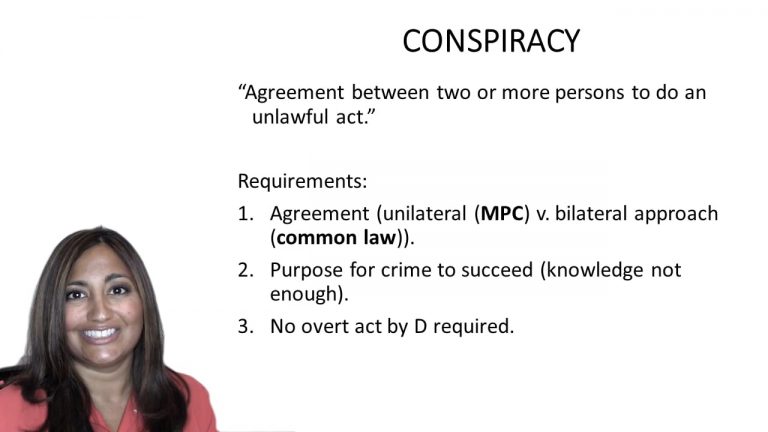SmartBrief
Confirm favorite deletion?
Criminal Law Keyed to Kennedy
United States of America v. Diaz
Citation:
864 F.2d 544 (1988)Facts
A DEA agent purchased cocaine from Carmen Diaz (no relation to the defendant) and Perez on July 23, 1987. There was no testimony that the defendant was involved in this sale. Perez was just beginning to deal in drugs and contacted Rodriguez in an effort to find a supplier of cocaine. Rodriguez testified that he knew somebody who could “help [Perez] out” and arranged a meeting between himself, Perez, and defendant. After the meeting, defendant agreed to supply drugs to Perez.
On August 21, 1987, and again on September 3, 1987, Perez sold two ounces of cocaine to DEA Agent Patricia Collins. Perez testified that he obtained these drugs from defendant. Although defendant was not present for either sale, Perez testified that the second sale occurred a half-block from defendant’s house so that he could see the buyer. Rodriguez and Perez also testified that they dropped the money off at defendant’s house after the second sale.
On September 9, 1987, Perez, Rodriguez, and Peirallo went to a designated location to meet with defendant to sell one kilogram of cocaine to Agent Collins. Once Agent Collins arrived, Peirallo told Perez that he had a gun that he intended to use if anyone tried to steal the drugs. Perez tookk the drugs to Agent Collins and then gave the arrest signal.
The defendant was convicted carrying a firearm during the commission of drug trafficking. The government did not submit evidence at trial that he was armed. Rather, it contended that Peirallo’s carrying of a firearm could be imputed to the defendant because of their joint membership in the conspiracy.
Only StudyBuddy Pro offers the complete Case Brief Anatomy*
Access the most important case brief elements for optimal case understanding.
*Case Brief Anatomy includes: Brief Prologue, Complete Case Brief, Brief Epilogue
- The Brief Prologue provides necessary case brief introductory information and includes:
Topic:
Identifies the topic of law and where this case fits within your course outline.Parties:
Identifies the cast of characters involved in the case.Procedural Posture & History:
Shares the case history with how lower courts have ruled on the matter.Case Key Terms, Acts, Doctrines, etc.:
A case specific Legal Term Dictionary.Case Doctrines, Acts, Statutes, Amendments and Treatises:
Identifies and Defines Legal Authority used in this case.
- The Case Brief is the complete case summarized and authored in the traditional Law School I.R.A.C. format. The Pro case brief includes:
Brief Facts:
A Synopsis of the Facts of the case.Rule of Law:
Identifies the Legal Principle the Court used in deciding the case.Facts:
What are the factual circumstances that gave rise to the civil or criminal case? What is the relationship of the Parties that are involved in the case.Issue(s):
Lists the Questions of Law that are raised by the Facts of the case.Holding:
Shares the Court's answer to the legal questions raised in the issue.Concurring / Dissenting Opinions:
Includes valuable concurring or dissenting opinions and their key points.Reasoning and Analysis:
Identifies the chain of argument(s) which led the judges to rule as they did.
- The Brief Prologue closes the case brief with important forward-looking discussion and includes:
Policy:
Identifies the Policy if any that has been established by the case.Court Direction:
Shares where the Court went from here for this case.

 10m 19s
10m 19s